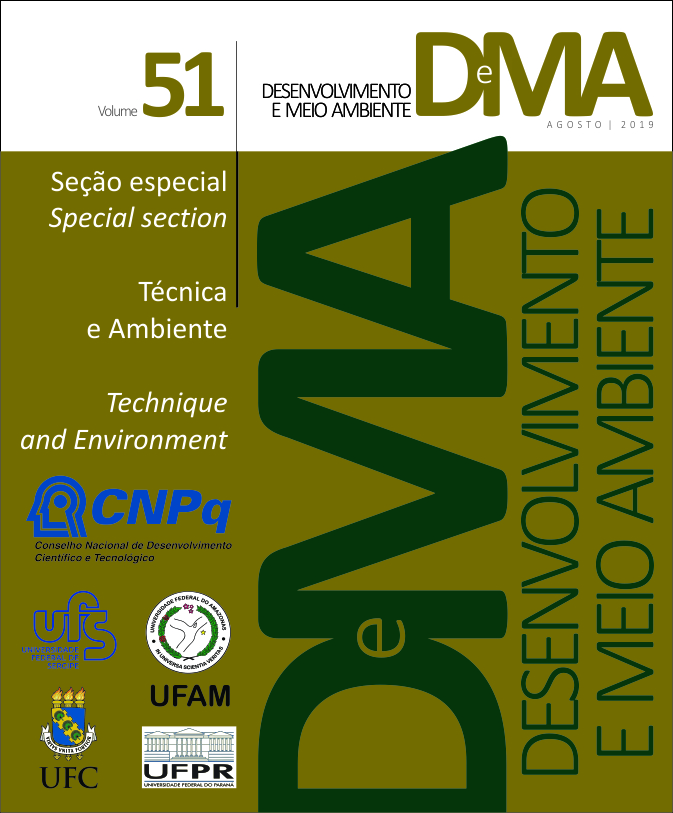Ecoethos da Amazônia: interaction and youth playfulness in a simulation game
DOI:
https://doi.org/10.5380/dma.v51i0.55185Keywords:
Amazon, simulation game, environmental education, youth and environmentAbstract
Ecoethos da Amazônia is a simulation game that explores the symbology of the five elements (Earth, Water, Air, Fire, and Care) by the use of tridimensional models. The set consisted of a circular space with four stations, each representing one of the four natural elements. The players must solvethe challengespresented to them in each station. The Water pollution station deals with waste and water supply; the Air station brings questions about greenhouse gas emission, carbon sequestration, and land use; the Earth station presents questions focused on biodiversity, relief, and water resources; the Fire station alternative energy options are explored, always considering the biodiversity, the physical-geographical, the social and the economic characterization of the environment. The aim of this study was to evaluate players’ experience and understanding of the concepts explored during the activity. The theoretical approach was based on the Gamer User Experience Evaluation and the Bloom Taxonomy. Participated in this study 168 students (6º to9º grades) of public schools. Some pre-established categories were considered for the analysis: opinion about the experience, game layout, difficulties handling parts, feelings triggered, understanding the representation of the parts, playfulness, and potential in changing behavior. Ecoethos da Amazônia was considered a game that teaches, entertains and enables responsible interaction. The game engages the participant’s attention and the situations presented were challenging buteasy to understand. The results showed that the game experience can promote environmental responsibility while pointing out the potential of the game to raise awareness, inform and reflect on social and environmental issues.
Downloads
Published
How to Cite
Issue
Section
License
Copyright on works published in this journal rests with the author, with first publication rights for the journal. The content of published works is the sole responsibility of the authors. DMA is an open access journal and has adopted the Creative Commons Attribution 4.0 Not Adapted (CC-BY) license since January 2023. Therefore, when published by this journal, articles are free to share (copy and redistribute the material in any medium or format for any purpose, even commercial) and adapt (remix, transform, and create from the material for any purpose, even commercial). You must give appropriate credit, provide a link to the license and indicate if changes have been made.
The contents published by DMA from v. 53, 2020 to v. 60, 2022 are protected by the Creative Commons Attribution-NonCommercial-NoDerivatives 4.0 International license.
DMA has been an open access journal since its creation, however, from v.1 of 2000 to v. 52 of 2019, the journal did not adopt a Creative Commons license and therefore the type of license is not indicated on the first page of the articles.




